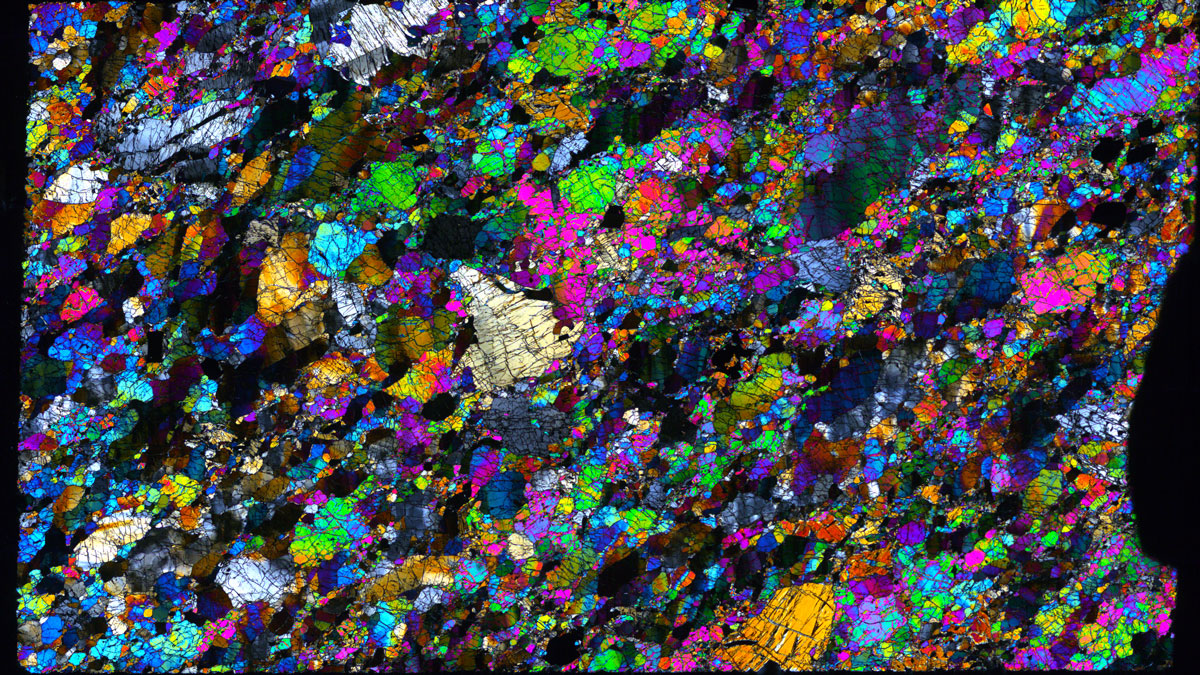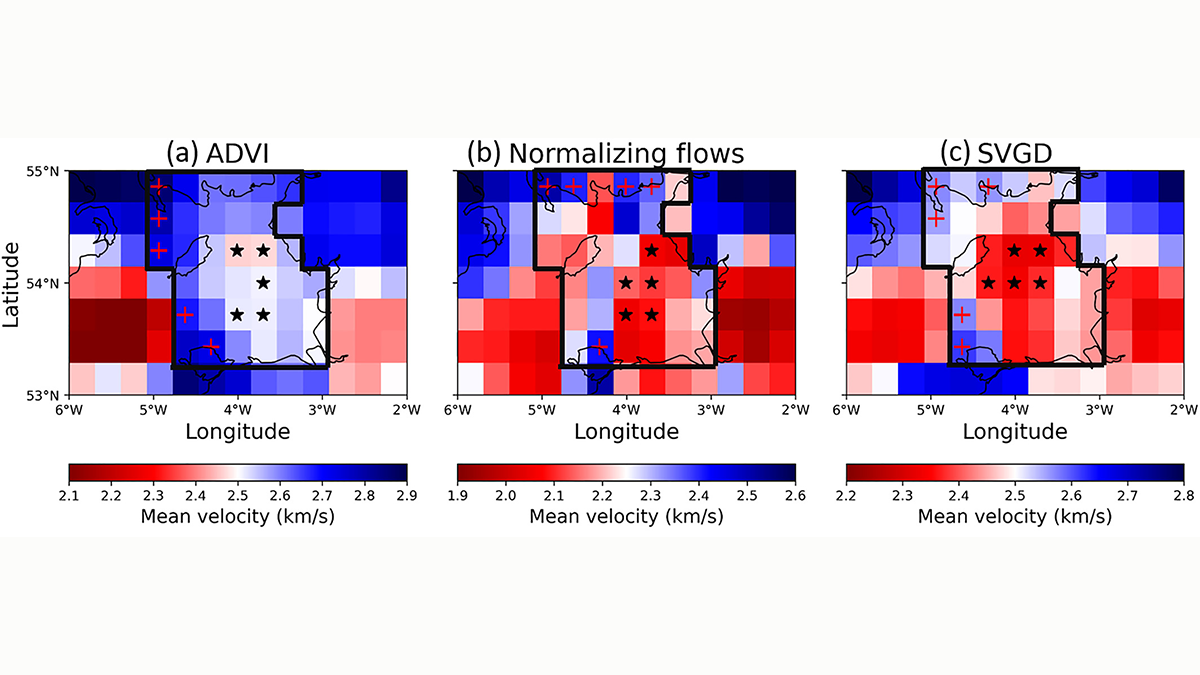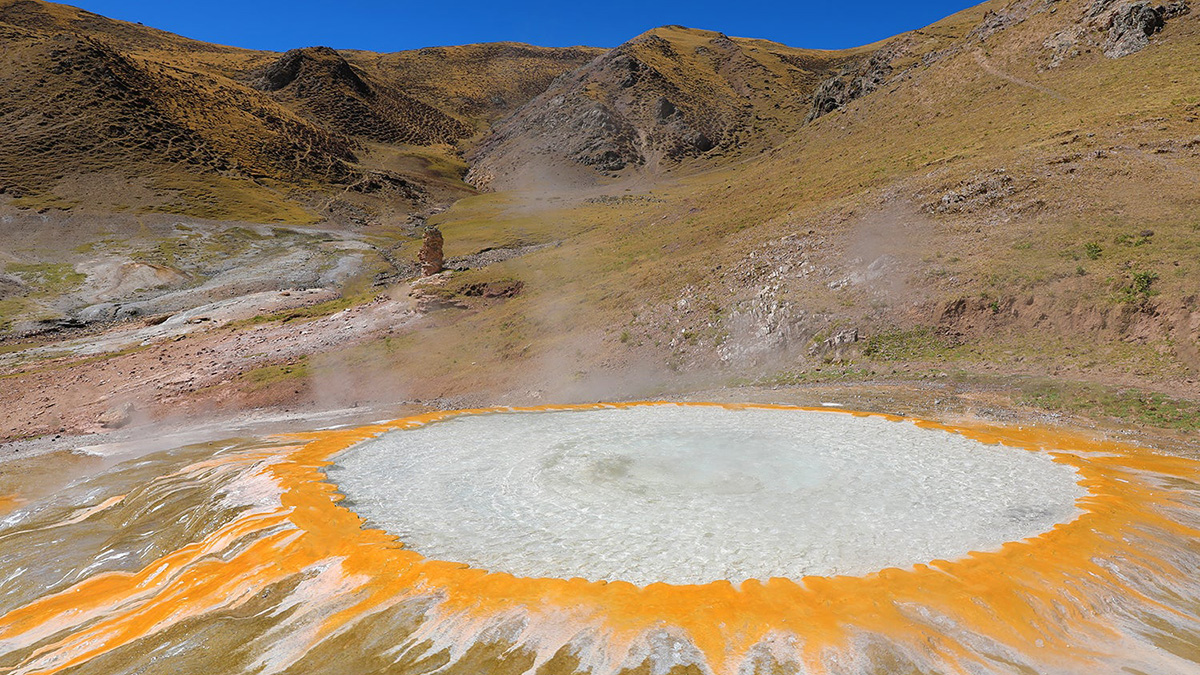The chemical composition of orogenic igneous rocks and their zircons is sensitive to crustal thickness and can be used to quantify the evolution of Moho depths beneath continents back in time.
Earth’s interior
Earth’s Lower Mantle Is Drier Than Previously Thought
Scientists have long known that the two layers of Earth’s mantle have different chemical compositions. Now, modeling shows that different water concentrations may keep them from mixing.
Western US Adjoint Tomography Reproduces Waveform Complexity
Adjoint tomography employing 3D wavefield simulations for 72 well recorded regional earthquakes in the western U.S. yields spectacular improvements to waveform fits.
Holey Eclogite!
Scientists have found holes filled with minerals that indicate fluid-filled pores exist many tens of kilometers below Earth’s surface. But no, The Core fans, you still can’t get amethyst-laden geodes in the mantle.
Million or Billion? Narrowing Down the Age of Mantle Processes in New Guinea
Mantle rocks in Papua New Guinea contain curious geochemical signatures that scientists have traditionally interpreted as evidence of billions-year-old melting. New evidence suggests otherwise.
Probabilistic Tomography Delivers Answers to Basic Questions
Fundamental questions on subsurface properties are robustly addressed through probabilistic assessment of multiple forward/inverse modelling formalisms using interrogation theory.
Krypton Isotopes Provide New Clues to Planets’ Pasts
To trace how crucial ingredients for life arrived at Earth, scientists track noble gases. Now, improved methods are drawing new clues from krypton, the most cryptic of noble gases.
Is Earth’s Core Rusting?
If subduction carries hydrous minerals deep into Earth’s mantle, they may “rust” the iron outer core, forming vast sinks of oxygen that can later be returned to the atmosphere.
Hot Springs Suggest How the Tibetan Plateau Became the Roof of the World
Helium isotopes found in water samples provide a snapshot of what lies beneath the plateau and stimulate debate within the geosciences community.
How a Newly Discovered Mineral Might Explain Weird Mantle Behavior
Scientists not only synthesized davemaoite but deformed it at lower mantle conditions. They found its strength and viscosity to be substantially lower than those of other minerals that make up the lower mantle.










